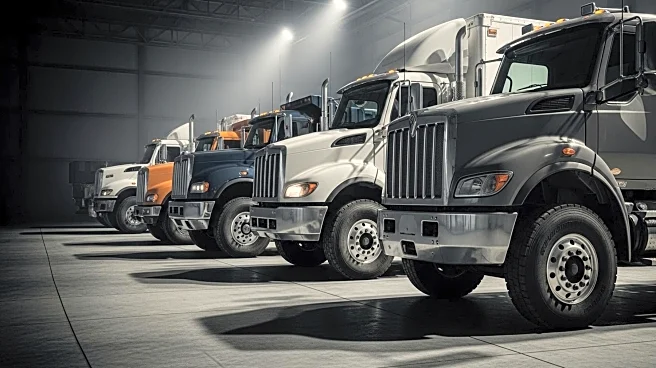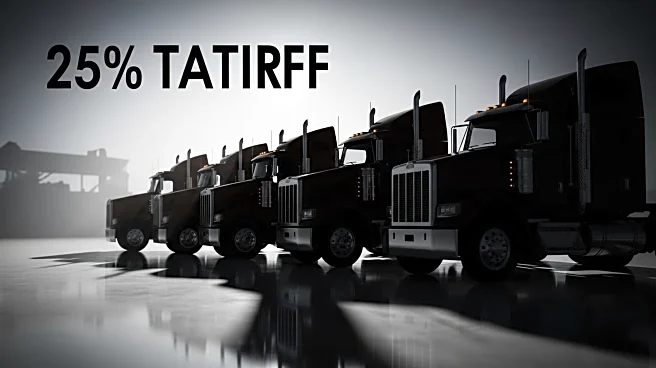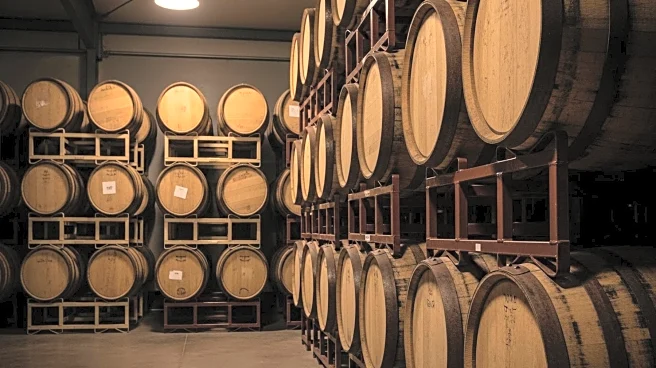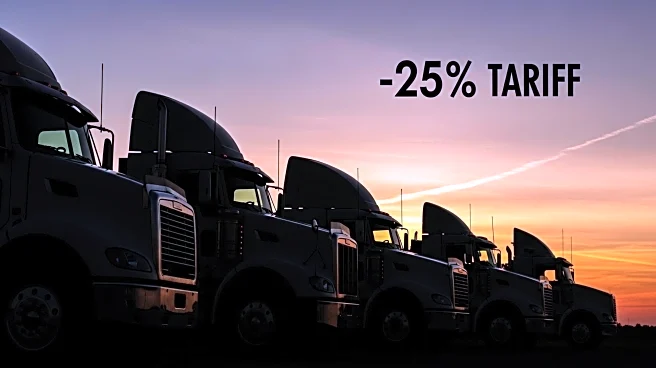What is the story about?
What's Happening?
President Donald Trump announced a 25 percent tariff on imported medium- and heavy-duty trucks, set to take effect on November 1. This decision follows a delay from the original October 1 start date due to industry concerns about supply chain disruptions and cost increases. The tariff targets trucks from major exporters to the U.S., including Mexico, Canada, Japan, Germany, and Finland. The U.S. Commerce Department initiated an investigation into heavy truck imports under Section 232 of the Trade Expansion Act, citing national security concerns. The White House aims to reduce dependency on foreign manufacturing and protect American jobs, sparking intense lobbying from automakers seeking exemptions.
Why It's Important?
The new tariffs are poised to significantly impact the U.S. trucking industry, which is crucial for domestic freight movement. Automakers like Stellantis NV, Ford Motor Co., and General Motors Co. are deeply involved in lobbying efforts, with Stellantis seeking exemptions for its Mexican-built Ram pickups. The tariffs could lead to increased costs for new trucks, affecting commercial construction, agriculture, and delivery sectors. Industry stakeholders express concern over the broader economic impact, as sectors reliant on global sourcing face potential cost increases.
What's Next?
The U.S. trucking industry is preparing for a cost shock, with importers and fleet operators anticipating price hikes for new trucks. The tariffs may influence upcoming negotiations for the U.S.-Mexico-Canada Agreement (USMCA), with experts suggesting strategic timing to pressure Mexico for concessions. The policy's implementation details remain unclear, but original equipment manufacturers and fleet buyers are expected to be the first affected.
AI Generated Content
Do you find this article useful?














